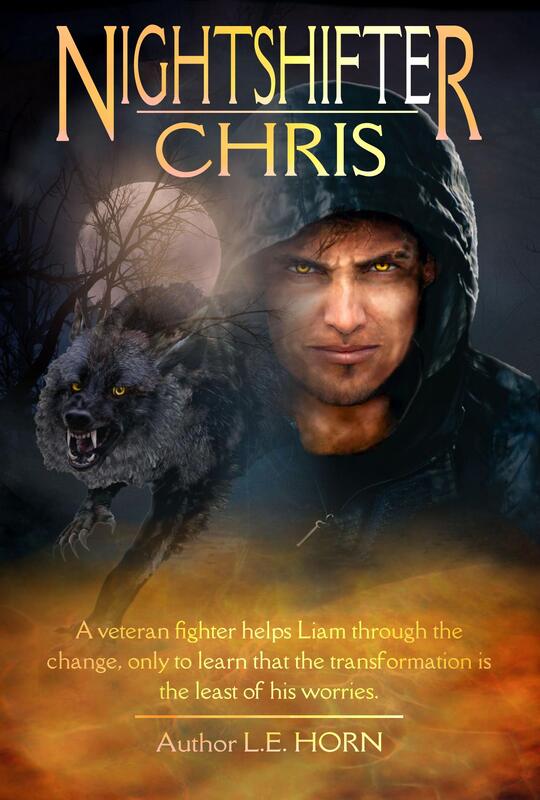Welcome to the wild child
It has been said that to write a great story, you must first create a great villain. An evil, twisted, yet compelling villain will reveal both the strengths and the weaknesses of your central characters. Without a good villain, you cannot have a hero.
What if the potential for evil exists not only within another person but within oneself? What if we had to fight every moment of every day just to stay human?
We each have a hidden wild child. The scientists among us will say it is our primitive animal brain, waiting to leap to our defense if we are threatened. But in many respects, it is much more complex. Those animal instincts become wound up with our higher human brain and spit out something both marvelous and dangerous at the same time.
I interpret this as a link to our past, when we connected with our world instinctively, to blend effortlessly with the natural order. Before we took a step away and became something other. If we learn to listen to our wild child and guide it with our higher brain, we will be in tune with our world.
This is much easier to say than to do.
Because the wild child is, indeed, wild and surges at unexpected times—when we are upset, or angry. Whenever life throws us a curveball. Suddenly we find ourselves reacting in unexpected ways, on pure instinct. Ruled by the animal within, instead of by cool, rational, human intellect.
Werewolves are the ultimate expression of the wild child. They surface from within, complete with teeth and claws and attitude. Imagine if every time you lost your temper, your inner wolf threatened to emerge. It would make for some interesting arguments.
As an author, I am fascinated with the concept of the wild child. I push my characters to the fullest expression of it, be it the Berserker that emerges from Michael in my Gryphon Saga series, or the wulves that lurk throughout the pages of Nightshifter. They all struggle to retain their humanity, and in the process, discover what it truly is to be human.
What if the potential for evil exists not only within another person but within oneself? What if we had to fight every moment of every day just to stay human?
We each have a hidden wild child. The scientists among us will say it is our primitive animal brain, waiting to leap to our defense if we are threatened. But in many respects, it is much more complex. Those animal instincts become wound up with our higher human brain and spit out something both marvelous and dangerous at the same time.
I interpret this as a link to our past, when we connected with our world instinctively, to blend effortlessly with the natural order. Before we took a step away and became something other. If we learn to listen to our wild child and guide it with our higher brain, we will be in tune with our world.
This is much easier to say than to do.
Because the wild child is, indeed, wild and surges at unexpected times—when we are upset, or angry. Whenever life throws us a curveball. Suddenly we find ourselves reacting in unexpected ways, on pure instinct. Ruled by the animal within, instead of by cool, rational, human intellect.
Werewolves are the ultimate expression of the wild child. They surface from within, complete with teeth and claws and attitude. Imagine if every time you lost your temper, your inner wolf threatened to emerge. It would make for some interesting arguments.
As an author, I am fascinated with the concept of the wild child. I push my characters to the fullest expression of it, be it the Berserker that emerges from Michael in my Gryphon Saga series, or the wulves that lurk throughout the pages of Nightshifter. They all struggle to retain their humanity, and in the process, discover what it truly is to be human.
So, join me. Embrace your inner wild child.
And get ready to howl.
And get ready to howl.










